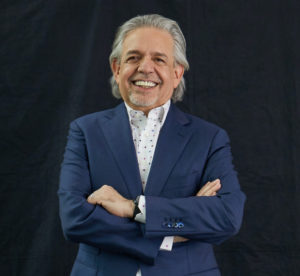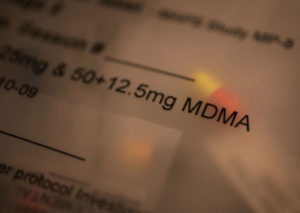UNITED NATIONS (AP) — U.N. experts report that North Korea is testing “nuclear triggering devices” and that its preparations for another nuclear test were at a final stage in June, quoting information from unnamed countries.
The panel of experts said in new excerpts from their latest report obtained Friday by The Associated Press that they have been “unable to identify the test locations and dates” for the tests of nuclear triggering devices reported by one U.N. member state.
In excerpts obtained Thursday, the experts said North Korea is paving the way for additional nuclear tests with new preparations at its northeastern test site and continues to develop its capability to produce a key ingredient for nuclear weapons.
In the new excerpt, the panel said: “As of early June, two member states assessed that the preparation for nuclear tests was at a final stage.”
On other issues, the panel said in Thursday’s excerpts that North Korea conducted two major hacks this year, resulting in the theft of cryptocurrency assets worth “hundreds of millions of dollars.” Pyongyang also continues illicitly importing oil and exporting coal in violation of U.N. sanctions, using the same companies, networks and vessels, it said.
South Korean and U.S. intelligence officials have said they detected North Korean efforts to prepare its northeastern Punggye-ri testing ground for another nuclear test. It would be the North’s seventh since 2006 and the first since September 2017, when it claimed to have detonated a thermonuclear bomb to fit on its intercontinental ballistic missiles.
The panel of experts’ report to the U.N. Security Council provides some details of the work being carried out at the site by the Democratic People’s Republic of Korea, the country’s official name.
The experts said they observed that the DPRK started re-excavation work in March at the entrance to Tunnel 3 at Punggye-ri “and reconstructed support buildings originally dismantled in May 2018.”
“Satellite imagery showed increased numbers of vehicle tracks around this secondary entrance from mid-February 2022, followed by construction of a new building adjacent to the entrance at the beginning of March,” the panel said. “A pile of lumber, for possible use in the construction of the tunnel structure, was also detected around the same time.”
It added that, “Piles of soil from the tunnel excavation around the entrance were observed during this period.”
“Work at the Punggye-ri nuclear test site paves the way for additional nuclear tests for the development of nuclear weapons,” the experts said, adding that this is an objective stated at the Eighth Congress of the country’s ruling Workers’ Party of Korea in January 2021.
Robert Floyd, head of the U.N. nuclear test ban treaty organization, told a U.N. press conference Friday that its monitoring facilities detected the six previous DPRK nuclear tests. “If there is a seventh time, I’m very confident our system will pick it up, we’ll characterize it, and that information then gets shared with the states of the world,” he said.
Floyd is attending the high-level conference reviewing the landmark Nuclear Nonproliferation Treaty which began Monday and ends on Aug. 26. Under the NPT’s provisions, the five original nuclear powers — the United States, China, Russia (then the Soviet Union), Britain and France — agreed to negotiate toward eliminating their arsenals someday and nations without nuclear weapons promised not to acquire them in exchange for a guarantee to be able to develop nuclear energy for peaceful purposes.
Floyd raised the question of whether the possibility of a seventh DPRK nuclear test will strengthen or weaken nonproliferation and disarmament arrangements, “and the appetite of states to see these things come into place.”
“I wonder as to how much that is actually feeding into the tone that we’ve heard this week during the review conference, where there was quite a deal of accommodation of various positions,” he said.
“I wonder whether the states are recognizing at a time such as this it is really important to be able to strengthen the NPT and to come together around some of these very important issues, rather than, `Oh, this is a reason we should abandon such an important thing as the cornerstone of nuclear architecture,’” Floyd said.
In another aspect of the DPRK’s nuclear program, analysts said satellite images last September showed that North Korea was expanding a uranium enrichment plant at its main Yongbyon nuclear complex, a sign that it wanted to boost production of the key bomb material.
The U.N. experts said in the new report: “DPRK continued to develop its capability for the production of nuclear fissile materials at the Yongbyon site.”
Nuclear negotiations between the United States and North Korea have stalled since 2019 over disagreements over the DPRK demand to lift crippling U.S.-led sanctions and Washington’s demand for significant steps by Pyongyang toward nuclear disarmament.
North Korean leader Kim Jong Un has expanded his ballistic missile program amid the diplomatic pause, and analysts say another nuclear test would escalate his brinkmanship aimed at cementing the North’s status as a nuclear power, and negotiating economic and security concessions from a position of strength.
The panel of experts said the DPRK continued to accelerate its missile programs, launching 31 missiles “combining ballistic and guidance technologies,” including six ICBMs and two “explicitly described as ballistic weapons.” It said the DPRK also claimed to have advanced its development of “tactical nuclear weapons.”




